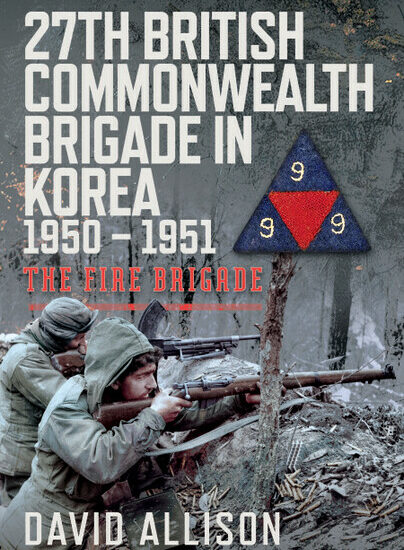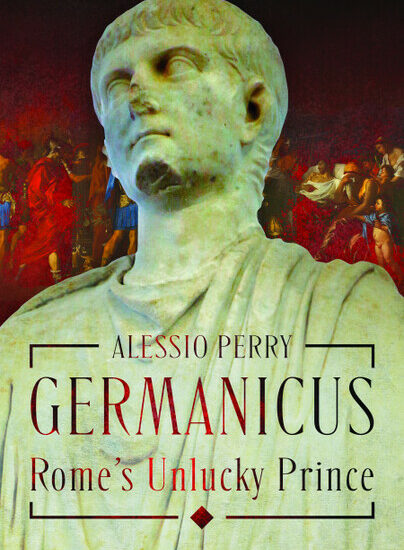Author Guest Post: Paul Dettmann
Underworld Women of the 1920s
I’ve collected three stories about underworld women from my new book, British Gangs, to share with you this Halloween season. I really enjoyed uncovering their stories, less well-known than the lives of the male gangsters, but even more compelling for their audacity and ingenuity. They did not indulge in threats of mindless violence but instead used skills developed in day jobs or from running businesses.
Kate Meyrick
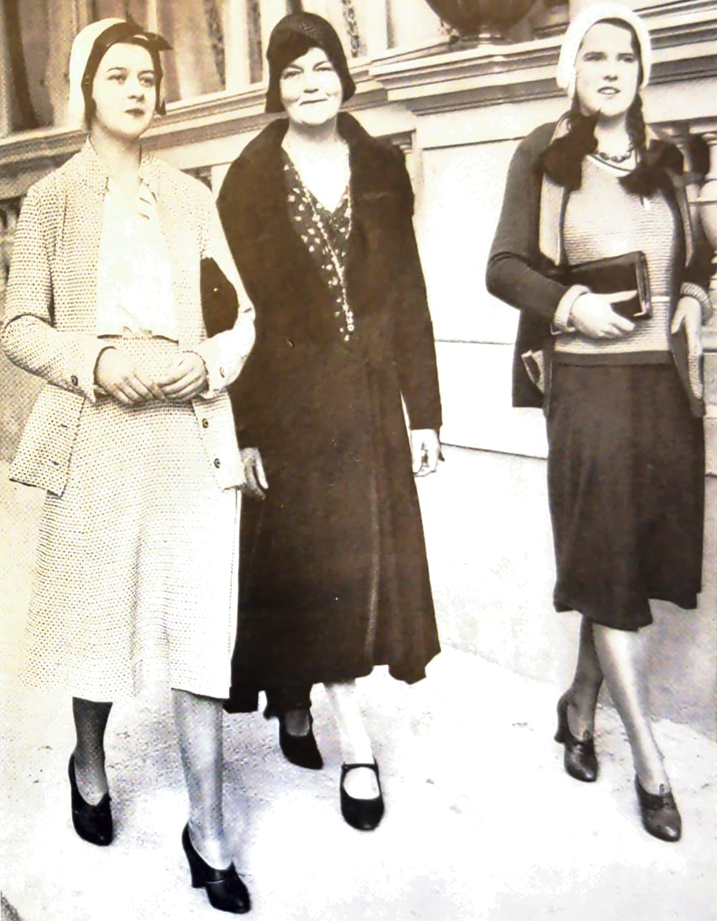
Nightclub owner Kate Meyrick was a successful businesswoman in 1920s Soho. She ran a wildly successful nightclub, called simply The 43, at 43 Gerrard Street. It was one of the top clubs in London, and attracted stars such as Joseph Conrad, J. B. Priestley, Tallulah Bankhead and Frederick Lonsdale, a successful playwright, and Michael Arlen, a famous novelist of the time.
Kate had some theoretical inheritance money from her family in Ireland, but for various unclear reasons she had trouble accessing it. However when an opportunity came up to buy into a tearoom, she seized her chance. At the time she was a single mother nursing one of her daughters through a serious case of flu, and some security would have been welcome. She developed the business and entertainment skills she would need to steer her nightclub empire later on, and she discovered perhaps her most important business lesson. In her own words, ‘Men will pay anything to be amused.’
The police would not be very helpful when it came to protecting customers and staff from those who had drunk too much. The club owners needed the imposing physical presence of door staff and security guards. They would turn to some of the gangsters who also visited the clubs to drink. And they did need protecting. One night Kate was sitting alone in the office at The 43 when a man pointed a revolver at her and demanded money. The man was smiling and spoke politely, and Kate did not realise the gun was real. She smiled back at him and pushed the muzzle towards the ceiling, causing the gun to discharge. The man ran off as staff rushed in to check that Kate was okay. He had already held them up to gain entry to the club, and they were likely on the way to help even before the noise of the gunshot.
Some of the police officers could be bought: Kate was convicted of paying a police officer to inform her when a raid was due on one of her clubs. The penalties were draconian: breaching the license would often require a club to be closed down, although they were allowed to reopen under a new name. The government decided on a crackdown, and Kate was sent to prison several times.
Kate Meyrick’s name is not famous now, but Evelyn Waugh based his character of Ma Mayfield in Brideshead Revisited on Kate. She was often known as Ma Mayrick, which underlines the maternal role she played in London’s nightlife. In 2022, the National Archive had a 1920s exhibition that featured Kate.
Josephine O’Dare
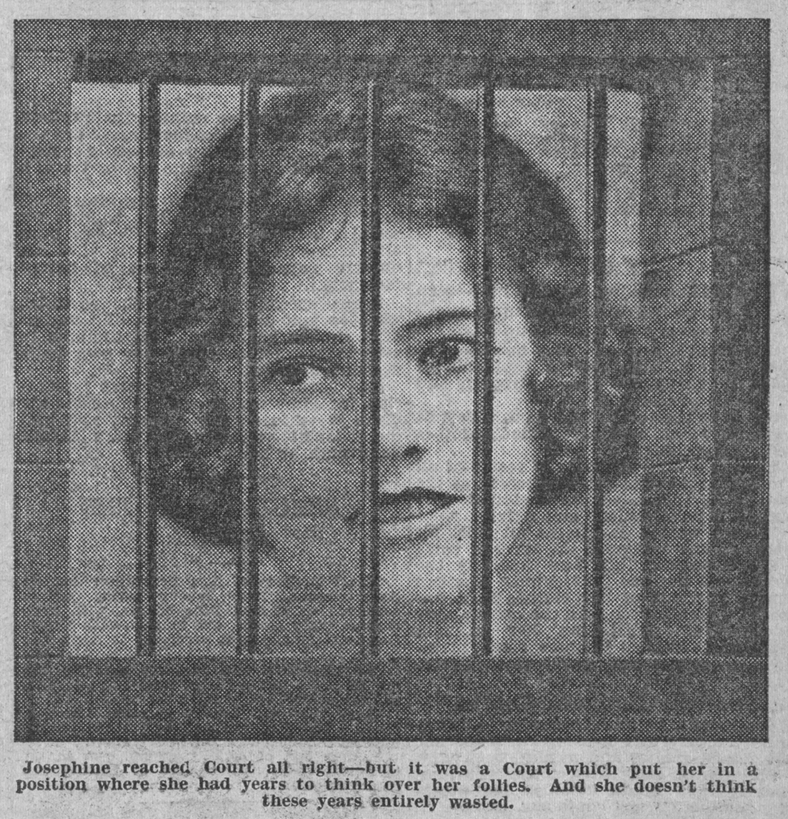
I came across the brilliant character of Josephine O’Dare while researching a cheque fraud case. She had a similar background to Kate Meyrick. Both came from Ireland to London in search of their fortune. Whereas Kate ended up running nightclubs, Josephine became a con artist and recruited a group of talented forgers. Both women found themselves in Holloway Prison at the same time in the late 1920s.
Josephine O’Dare found herself in Holloway after forging the will of a friend of hers, a solicitor called Edwin Docker. She claims that Docker had promised her a gift of £20,000 to offset crippling debts and set her back on her feet, but he died before he could transfer the money. Believing this to be her last chance to avoid bankruptcy, she used her gang of forgers to fake Docker’s will. Her version of the will made her a gift of £15,000. This was possible because she was already running a gang that successfully forged cheques. Mixing in high society, Josephine O’Dare counted among her friends the businessman behind Listerine mouthwash.
It is unfortunate that Josephine O’Dare felt she had to turn to crime to clear her business debts, because she was a shrewd businesswoman in her own right. She worked successfully as an intermediary, understood business principles intuitively, and would often connect those who wanted to invest with others who had great ideas for new business ventures. She was rumoured to have raised tens of thousands of pounds for her own use at a time when such amounts represented a fortune before her luck ran dry. For example, according to officialdata.org, £10,000 in 1930 might be worth as much as £800,000 today.
Alice Diamond
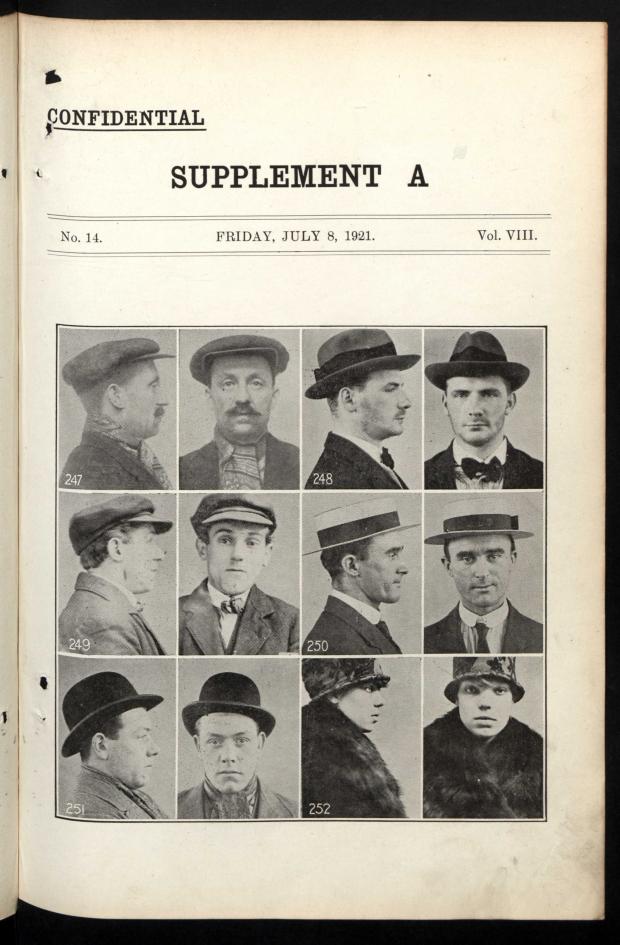
Alice is possibly the better known of the three women today. At just 19, Alice Diamond stepped forward to take up leadership of the notorious Forty Thieves gang, sometimes known as the Forty Elephants due to their connections to Elephant and Castle in London. Fashion conscious and outgoing, Alice’s interwar Forty Thieves knew how to enjoy themselves. They specialized in immaculately planned and executed shoplifting raids in the most fashionable stores of London’s West End.
Alice was an expert in physical disguise and used pseudonyms to evade capture. Many of the Forty Thieves had experience in the textiles industry. There were plenty of jobs for working-class women, although they were poorly paid. This gave them a sense of fashion and an ability to understand which rolls of fabric might be the most valuable to steal, and some of them had tailoring skills which allowed them to make voluminous skirts in which to hide stolen goods. They adapted all kinds of dresses, coats and other items by adding hooks and belts, allowing them to carry off surprisingly large amounts of contraband undetected. Caitlin Davies, writing in her brilliant book, Queens of the Underworld, found that there might have been as many as 10,000 professional female shoplifters by the end of the 1920s in London. Solo operators would not count as gangsters, but this is a surprising number given how few of their stories are remembered today.
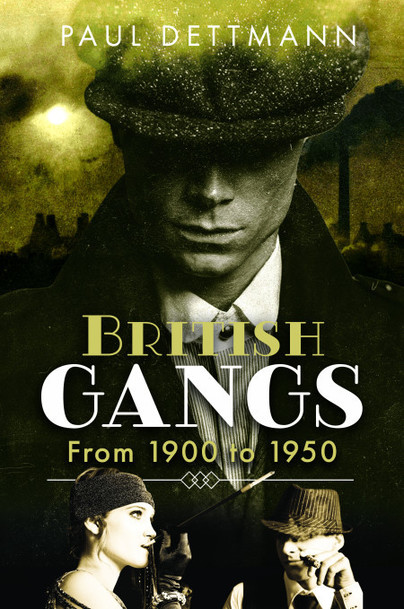
Order British Gangs here.
